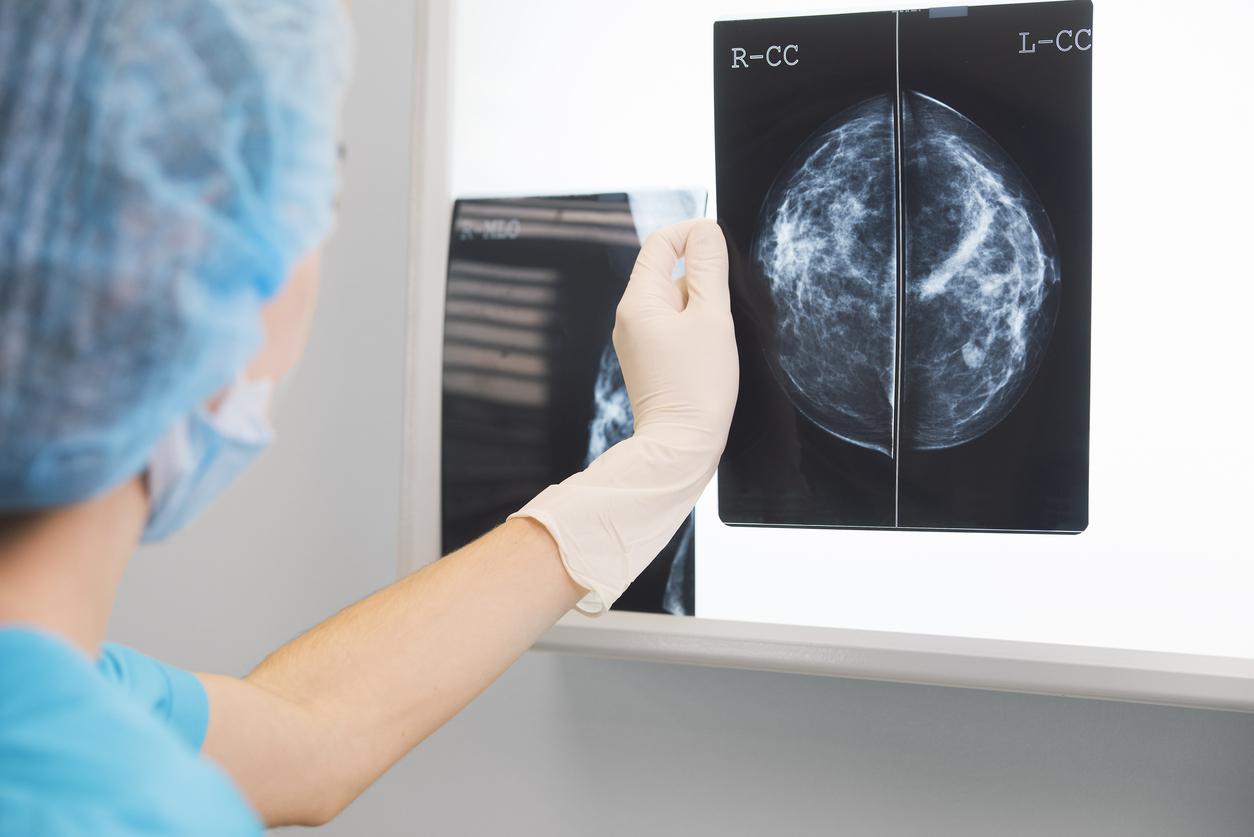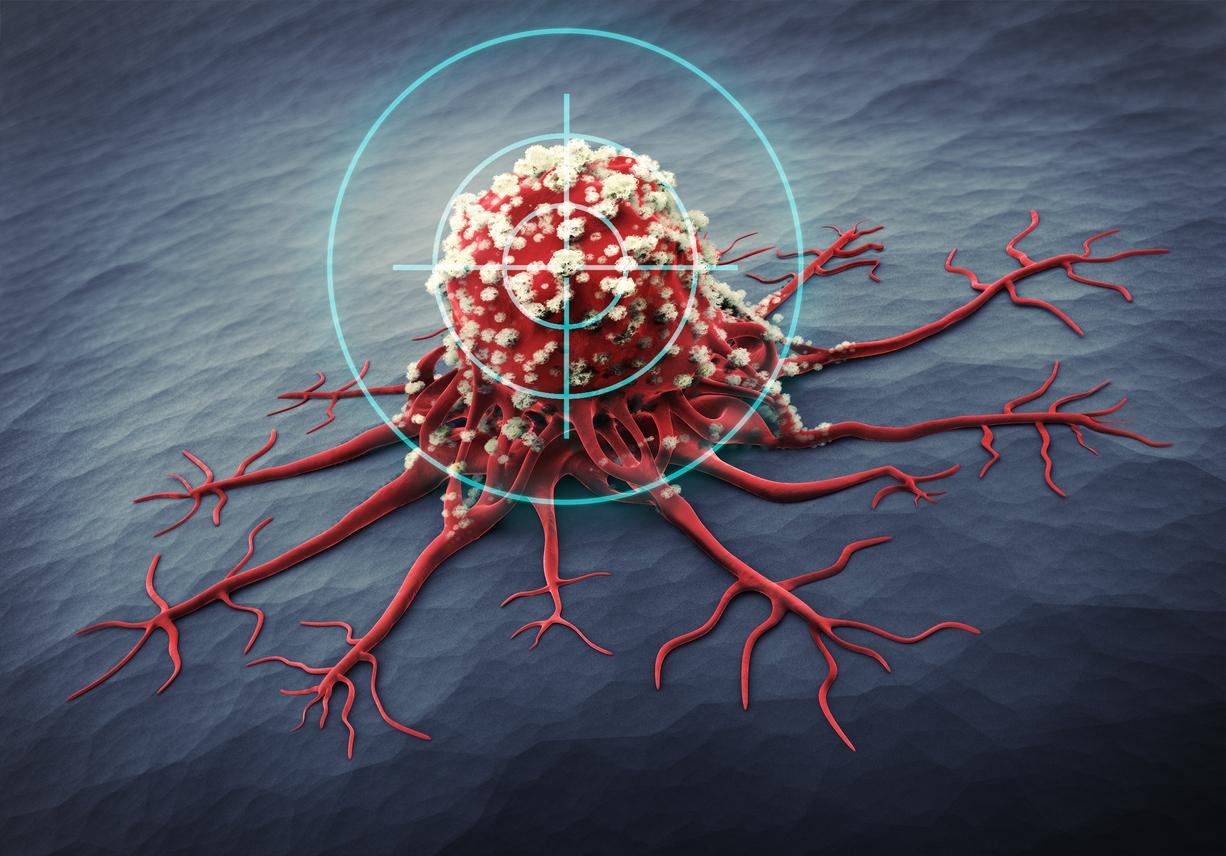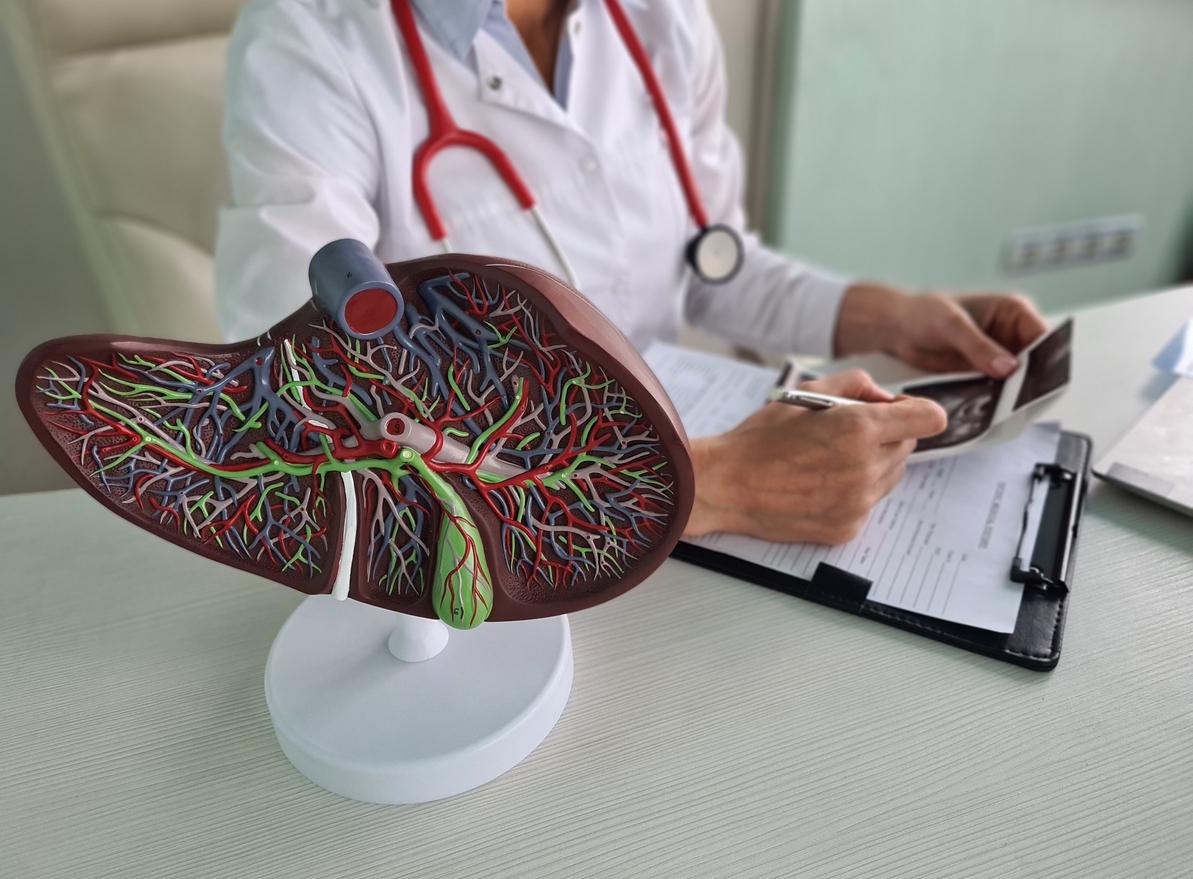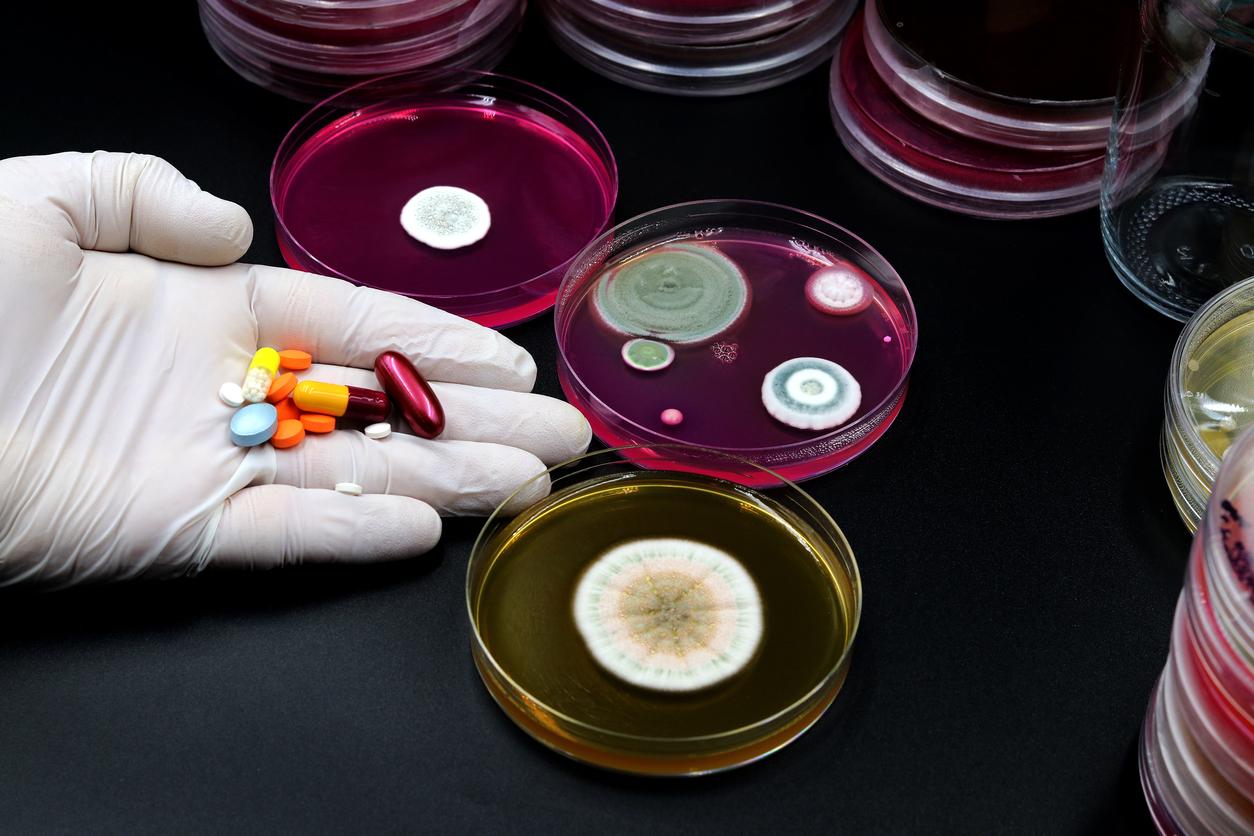Swedish researchers have discovered an antibiotic resistance gene that prevents certain treatments from being effective.

- The discovery of antibiotic resistance genes makes it possible to find treatments that circumvent this resistance
- Researchers believe that most bacteria harbor genes that can make them resistant
A new gene, resistant to antibiotics and unlike any other known gene, has been discovered by Swedish scientists. The research team named the gene “gar” because it provides resistance to aminoglycoside antibiotics. The discovery of this new resistant gene offers new prospects for effective treatments. The results of this study were published in Microbiome.
A discovery that can help improve treatments
If this gene is already known, no one had realized that it is a resistance gene. “This is good news as the gar gene still seems quite rare but as it spreads it will likely complicate the treatment of already multi-resistant bacteria., enthuses Joakim Larsson, lead author of the study and director of the Center for Antibiotic Resistance Research at the University of Gothenburg (Sweden). Pseudomonas aeruginosa, for example, is a common cause of nosocomial pneumonia. Being able to treat secondary bacterial lung infections is something of particular concern to us these days as the world is hit by the Covid-19 pandemic..”
To find this gene, the researchers searched for new resistance genes in sewage-affected rivers in India, a country already struggling with rising antibiotic resistance. “Early discovery of resistance genes can help us manage their spread, facilitate genetic diagnostics, and perhaps also guide industry to develop drugs that can circumvent resistance.”develops Joakim Larsson.
The environment as a source of birth of resistant genes
The discovery of this new gene demonstrates the limits of antibiotics. “Every antibiotic mankind has developed so far has eventually encountered resistance to at least some of the pathogens it was meant to treat. The gar gene is just the latest in a series of genes that, one by one, reduce the value of antibiotics”reports Joakim Larsson.
To better understand antibiotic resistance, researchers have studied the role of the environment, particularly as a source of resistance genes that can jump from harmless environmental species to those that cause disease. “The enormous diversity of bacteria in the environment around us probably already harbors genes for every antibiotic we will develop, unless we start thinking differently about how antibiotics are designed.”concludes Joakim Larsson.
.















